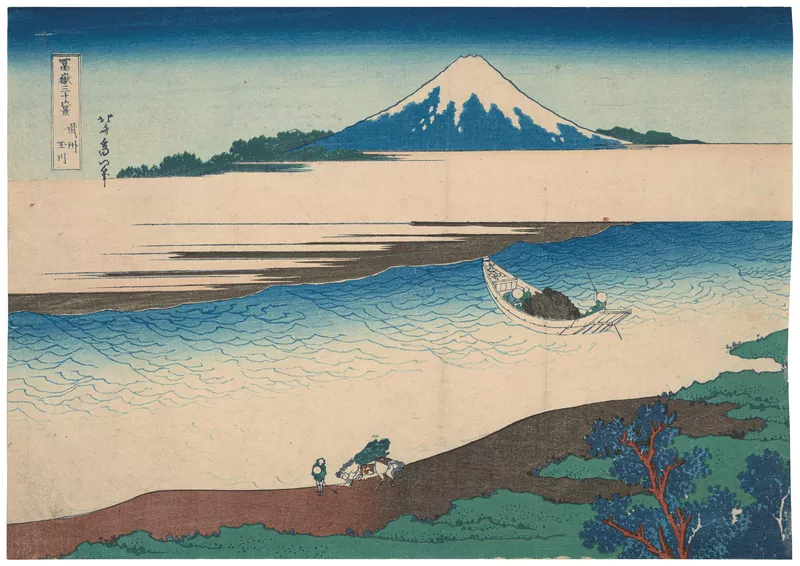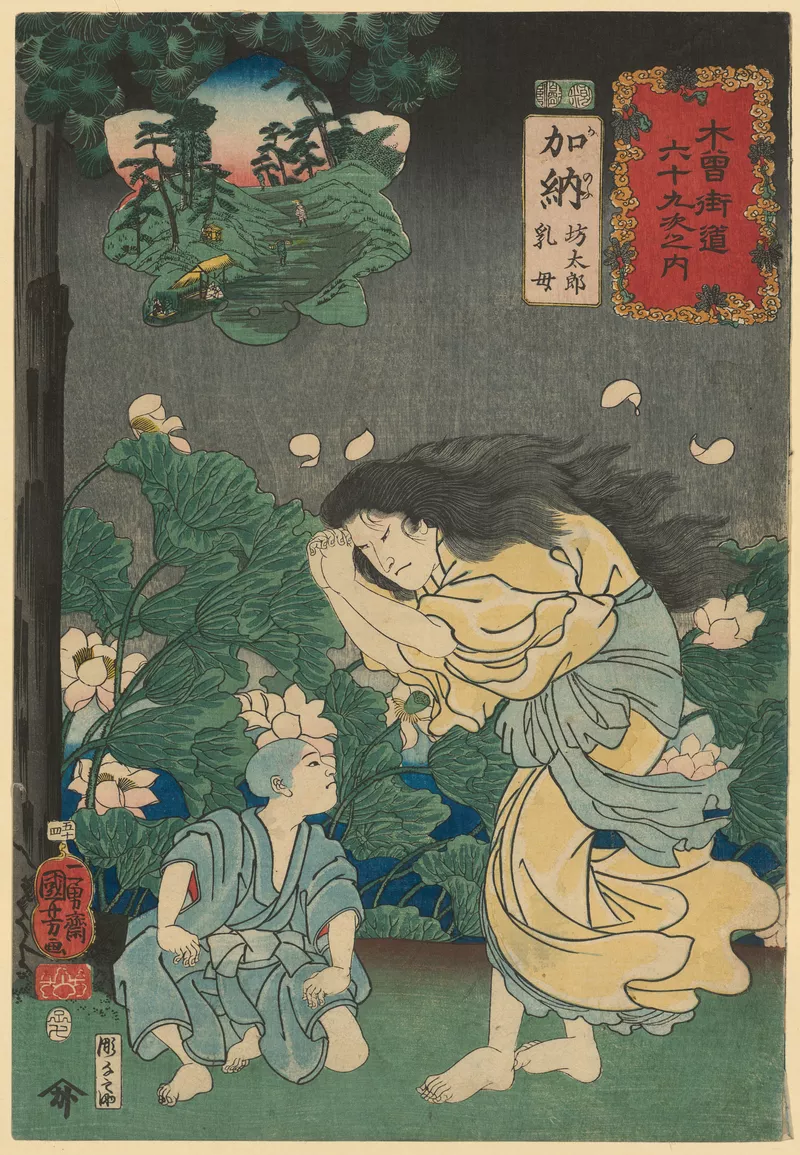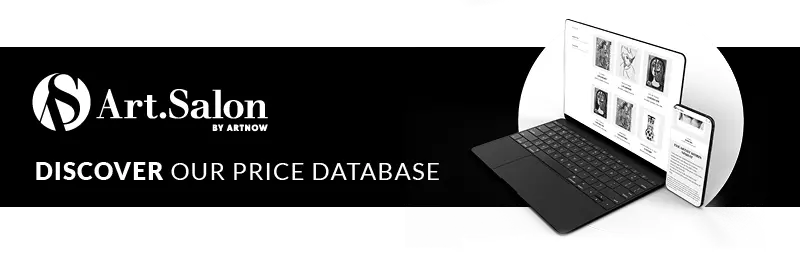
Expressive and fascinating: Japanese woodblock prints
The Kunstmuseum Basel is opening Made in Japan: Japanese woodblock prints were in great demand in Japan in the 19th century and also sparked an enthusiasm for Japan in Europe. Many originals, some of them rare, can now be seen in the exhibition from March 16.

Views of the volcano Fuji, the highest mountain in Japan, are frequently found in Japanese woodblock prints. Illustrations from the 18th and 19th centuries inspired contemporaries and are now part of pop culture. The most famous example is certainly Katsushika Hokusai's The Great Wave of Kanagawa from around 1830, which comes from the series 36 Views of Mount Fuji. Japanese woodblock prints sparked enthusiasm for Japan in Europe, especially in the 19th century, and continue to shape the image of the distant country to this day. The Impressionists in particular were influenced by color woodcuts: The Japanese artists did not attach importance to a true-to-life reproduction, but rather to the depiction of the character of a person or a landscape. The Kunstmuseum Basel is now showing a top-class selection from the heyday of Japanese woodblock prints in the late 18th and 19th centuries. In addition to Hokusai, works by Utagawa Hiroshige, Utagawa Kunisada, Toshusai Sharaku and Utagawa Kuniyoshi will also be on display. Made in Japan opens its doors from March 16 to July 21.
Woodblock printing has been widespread in Japan since at least the 8th century. Multicolored prints have been known since the mid-18th century and quickly became popular – due to the low prices, even among the poorer population who could not afford paintings. Today, comparatively few of the millions of prints have survived. Around 350 originals can be found in the Kunstmuseum Basel's Kupferstichkabinett, most of which come from the collection of the Basel chemist Dr. Carl Mettler, who died in 1942.

Dive deeper into the art world
Christoph Pauschenwein's luminous alien worlds
The inconspicuous at the center of attention
From felt to digital image processing: the intermedia painter Kim Kluge combines digital and analog design possibilities to develop a new technique, painting with a felting needle. She is currently working on a series of large-format graphite drawings. Art.Salon interviewed the artist about her work.













